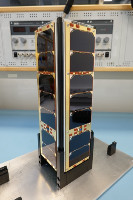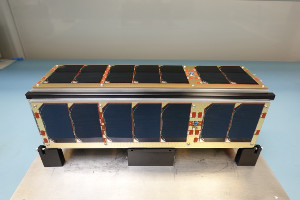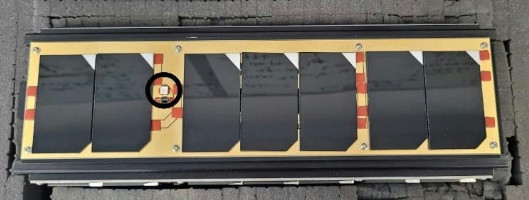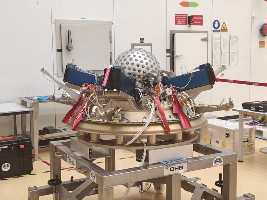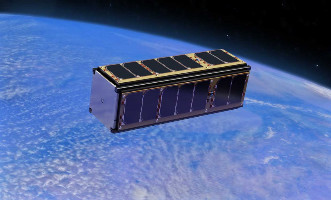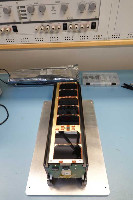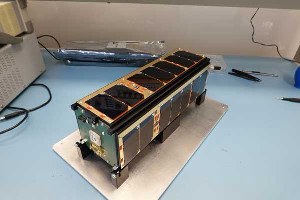| Satellite name | TRISAT-R (TRISAT 2) |
|---|---|
| Form factor | CubeSat |
| Units or mass | 3U |
| Mass in kg | 5.033 kg |
| Status | Operational (Real-time website as of 2024-05-22) |
| Launched | 2022-07-13 |
| NORAD ID | 53108 |
| Deployer | ISIPOD [ISISpace] |
| Launcher | Vega C |
| Organisation | University of Maribor |
| Institution | University |
| Entity type | Academic / Education |
| Headquarters | Slovenia |
| Manufacturer | AIVT by SkyLabs |
| Partners | SkyLabs, ESA (European Space Agency), Slovenian Ministry of Economy |
| Oneliner |
Investigate and map ionizing radiation in MEO orbits using several different instruments. |
| Description |
Investigate and map ionizing radiation in MEO orbits using several different instruments for scientific purposes and to demonstrate and test AI algorithms using high performance COTS components and error mitigation techniques in higher radiation environment. The project is supported and coordinated with ESA and the Slovenian Ministry of Economy. From educational outreach, TRISAT-R satellite mission will promote the use of software defined radio, where a number of outreach activities are being planned that will involve schools, radio amateur societies and media during the first mission of a nanosatellite reaching the MEO orbits. During normal operating conditions the spacecraft will constantly gather measurements of ionizing radiation from the on-board instruments and store them in on- board memory including their mapping information based on information from GNSS receiver. |
| Results | |
| Notes |
Initially planned as 6U TRISAT-2, but plans have changed over 4 years. CubeSat Industry Day 2015. |
| Sources | [1] [2] [3] [4] [5] |
| Photo sources | [1] [2] [3] [4] |
| COTS subsystems |
|
| Subsystems sources | [1] |
| Keywords | GTO or GEO orbit, MEO orbit, Beyond LEO orbit |
| Space photos | 
|
| On the same launch |
Last modified: 2024-05-22
